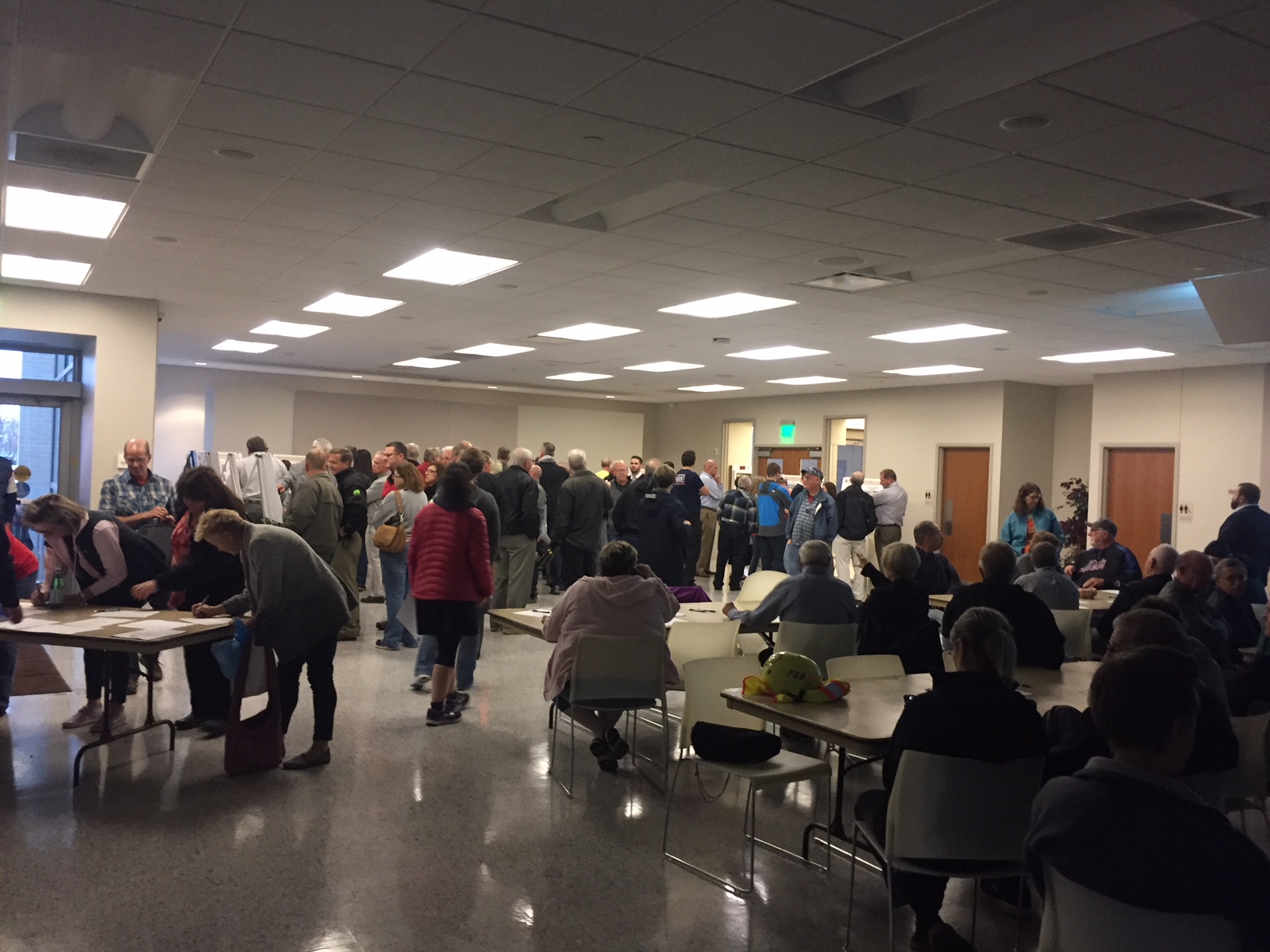Public Involvement: Question and Answer Session

 Anderson Bogert’s Public Involvement Specialist, Megan Moffitt, has assisted various clients with developing and implementing public involvement plans. In this Q & A session, she helps explain public involvement, how public involvement can be used to successfully complete projects, and more.
Anderson Bogert’s Public Involvement Specialist, Megan Moffitt, has assisted various clients with developing and implementing public involvement plans. In this Q & A session, she helps explain public involvement, how public involvement can be used to successfully complete projects, and more.
How do you explain public involvement?
Public involvement activities educate and engage the public about various initiatives and projects. In our case at Anderson Bogert, we work in conjunction with our clients’ efforts – oftentimes municipalities – to inform and include the public in upcoming civil engineering projects. These projects may include the development of roads, recreational trails, airports, flood control systems, and other public infrastructure projects.
Various methods of communication are used to inform, educate, solicit and gather feedback from citizens of communities. These methods, or tools, may include:
- Informational mailers , or survey/comment forms to return by email or mail
- Flyers to an affected area or sharing information door-to-door
- Social media communication and comments
- Online surveys and polls
- Project-specific websites
- Email blasts
- Open houses, with or without formal presentations
- Group or individual stakeholder meetings
- Other online communication and outreach
- Other event-based communication and outreach
Why is public involvement important for civil engineering projects?
By conducting public involvement, the community has the opportunity to learn about projects that may affect them and provide feedback. This dialogue assists us with planning, designing, and ultimately providing documents for successful project construction. We have seen, along with our clients, that educating, informing, gathering, and using feedback helps create a valuable, desirable project for communities.
What happens with information collected as part of public involvement?
After each public involvement method or tool is completed, information is collected, studied, and reported to the client. In our case, we provide all public information materials and data to the client. We also provide summaries of the overall public involvement effort, as well as key findings and common feedback gathered. Additionally, we make recommendations for follow up and additional public involvement, if needed.
After information is collected, there are times in which additional data is needed. For example, if someone shares his or her contact information on a comment sheet, but the comment is unclear or additional information is needed, either our firm or the client will communicate directly with that person to learn more. Having clear information and feedback is essential for making future decisions about projects.
What are some of the ways public involvement is implemented for projects?
Over the years, our firm has applied more updates than we can count to our plans and designs as a result of public involvement efforts. Examples are numerous and include:
- Altering the alignment of a project, such as a roadway
- Including various median treatments along roadways
- Modifying parking spaces
- Changing the location or design of cross walks, such as adding a mid-block crossing
- Adding a trail instead of a sidewalk
- Adding, altering, or removing trails or sidewalks on either one or both sides of the street
- Adding, altering, or removing lighting
- Adding, altering, or removing retaining walls
- Including artwork and/or historical elements alongside infrastructure improvements
- Providing details about when construction may or may not occur with the construction documents, in order to accommodate various community activities
How do clients know they are working with a firm that values public involvement?
Some firms employ dedicated public involvement staff, while some do not. While the professional engineering staff is always involved with crafting messages and communicating about the project, not all of those professionals possess expertise in using the most productive methods of communication. By working with a firm that employs public involvement professionals, you ensure you have a team that is not only proficient with civil engineering, but also with the management and execution of public involvement strategies, tools, and activities.

